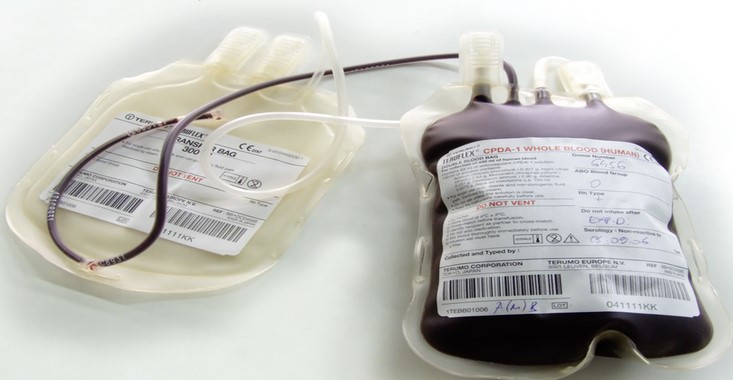A Guide to Proper Lab Tape Usage for Maximum Results
Lab tape is an invaluable tool for labs, allowing for secure labeling and organization of items in a lab environment. However, if not used properly, the tape can fail to provide the desired results. In this post, we will provide a guide to proper lab tape usage so that results can be maximized. We will discuss the types of tape available, how to select the right type of tape for a given application, and how to ensure the tape is applied correctly. With this information, you can ensure your lab tape is used correctly to maximize results.
Selecting the right tape for the job
The first step in proper lab tape usage is selecting the right tape for the job. Not all tapes are created equal, and it is important to understand the differences between the different types of tapes before deciding which one is best suited for your project. To make the right choice, start by determining what the tape will be used for and the environment in which it will be used. Some tapes may work better in cold environments, whereas others may be better suited for warm environments. Additionally, consider the material the tape will be adhering to, as different tapes have different adhesion levels. Once you have determined what type of tape will work best for your project, be sure to purchase high-quality tape to ensure maximum results.
Adhering the tape to the surface securely
When adhering the tape to the surface during your experiment, it is important to ensure that it is secured properly and will not come off during the trial. To do so, start by pressing one end of the tape firmly against the surface and gently rubbing your finger along the tape from one end to the other. This will ensure that the adhesive is evenly distributed and creates a tight bond when it is fixed. Once the tape is applied, use a ruler to check that it is straight and in the correct position. If not, you can carefully reposition it until it is correctly aligned.
Ensuring a clean, even application
Ensuring a clean, even application of lab tape is essential for achieving optimal results. To ensure this, it is important to achieve the correct tension and keep the application surface clean and free from dust and other particles. Before applying the tape, make sure to check the surface for any irregularities or defects. When applying the tape, keep it taught and apply it in a steady, deliberate motion, making sure to keep the edges even. Avoid using too much force, as this can damage the tape and lead to an uneven application. Finally, make sure that the tape adheres fully and leaves no visible residue.
Understanding the limitations of tape
Tape is an incredibly versatile tool and can be used to solve a host of problems. However, it is important to understand the limitations of tape to ensure proper use and maximum results. First and foremost, the tape is not designed to be a permanent solution and should therefore be used as only a temporary fix. Additionally, the tape is not suitable as a sealant and should not be used to close any containers, as this can result in contamination. Lastly, the tape should be used sparingly and not cover large areas; this can impair the adhesive properties and make it less effective. Taking into consideration these limitations is key to ensuring the successful use of tape in the laboratory.
Applying the correct amount of tension to the tape for best results
Applying the correct amount of tension to the tape is critical for maximum results. Too little tension can cause the tape to not adhere properly, whereas too much tension can cause the tape to tear and break. To ensure optimal results, grip the tape and apply even tension to both sides. Gently but firmly pull the tape until it is taut and neither too loose nor too tight. Additionally, consider using a tensioning device or roller, as this can help evenly distribute tension and reduce the chances of tape tearing or slipping.
In conclusion, using lab tape correctly is an essential part of any lab procedure. Using the right kind of tape is important, as is making sure that it is affixed properly to the surface being worked on. Lab tape is a necessary tool for successful lab work and, when used correctly, can help ensure the best possible results. By following these guidelines, lab technicians can ensure that their lab tape is used properly and that their experiments are successful.
Read more: Circulation of Blood in the Face







